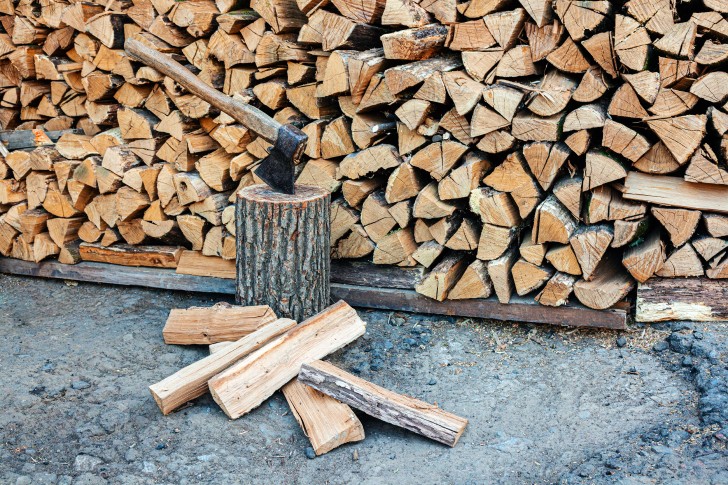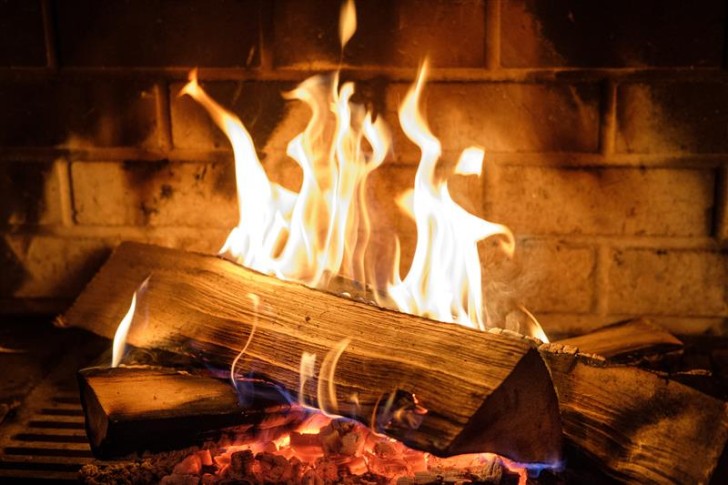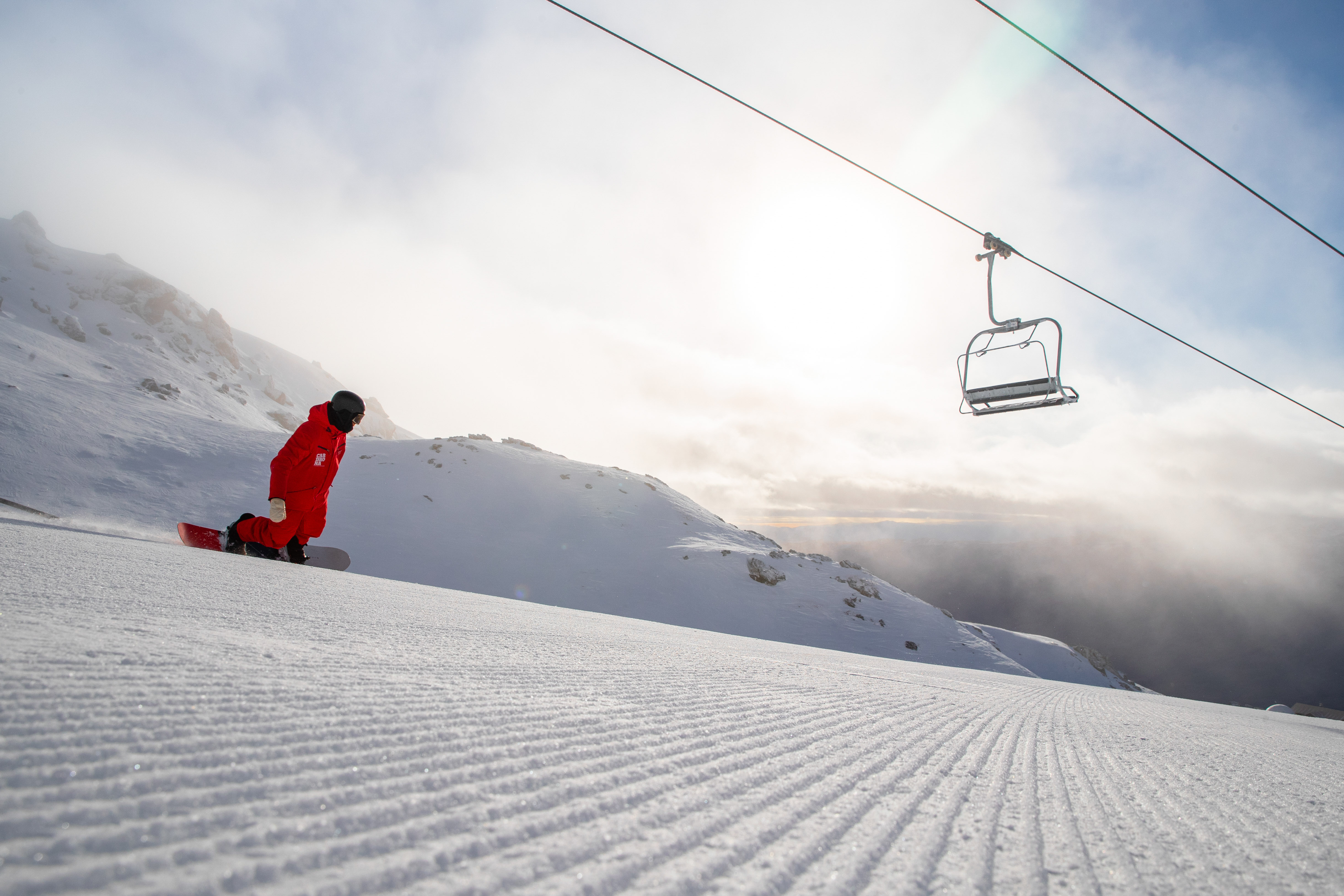Heating your home safely with firewood

We received nearly 8,400 claims for firewood-related injuries last year, so we’re encouraging New Zealanders to ‘Have a hmmm’ to avoid injury when heating their homes this winter.
Nothing heats your home quite like a wood fire.
But first you’re going to need some wood to burn.
So we’re reminding New Zealanders to stop and ‘Have a hmmm’ when stacking their wood and loading it into the fire.
Last year, we received 8,374 claims for firewood-related injuries. The cost to help people recover from these injuries was $19.9 million.
These injuries include cuts from chopping firewood, burns sustained while adding wood to fires and sprains from lifting and gathering firewood.
But most injuries are predictable and therefore preventable, says ACC Injury Prevention Leader James Whitaker.
If you remember to take a moment to assess the risks you can avoid injury, he says.
“Our top tip for handling firewood safely is to slow down,” he says.
“Many firewood-related injuries happen simply because people are rushing.
“Instead of overloading yourself and trying to carry too many pieces of wood at once, use a wheelbarrow, take multiple trips or get someone to help you.”
James says a wood fire can be a cost-effective way to heat the whole home, as long as it’s done safely.
“We want New Zealanders to stay warm and dry through the winter, but to stay safe and injury free in the process.”

Dangers lurk in the home
Around 1.3 million of the 2 million injury claims ACC accepts every year occur in our homes and communities – that’s 65 per cent of all claims.
Trips and hazards are the main culprits, leading to falls being the primary cause of injury.
“Around 40 per cent of all home-related injuries are from falls or loss of balance,” James says.
“The second-biggest danger in the home is moving stuff around – lifting, carrying and straining account for around 18 per cent of all home-related injuries.”
Injuries don’t just affect the injured person, James says. There are flow on effects for their family, friends and workmates.
“If you hurt your back carrying wood, you might not be able to be as involved with your kids or grandchildren, and your workmates may need to take on some of your tasks.”

Staying safe as temperatures drop
Fire and Emergency New Zealand recommends following a few simple steps to keep yourself and your whānau safe as the temperature drops outside.
Make sure your chimney has been swept and cleaned before the first fire of the season.
Always use a fireguard or spark guard when you use your open fire and ensure you dispose of ashes carefully. Ashes can stay hot for up to five days, so be sure they’re left to cool in a metal bucket or bin on a concrete or metal surface, not decking or flooring, before being disposed of.
Keep furniture or anything flammable you may be drying at least one metre from the heater or fireplace.
For more information, please visit the Fire and Emergency NZ website.
Firewood injuries by the numbers
In 2024, there were 8,374 claims for firewood-related injuries. The cost to help people recover from these injuries was $19.9 million, with injured people requiring 33,917 weekly compensation days.
Canterbury (1,053 / $3 million) had the highest number of claims in 2024, followed by Waikato (1,028 / $2.4 million), Auckland (951 / $1.6 million), Otago (886 / $2.4 million), Bay of Plenty (766 / $1.8 million), Manawatū-Whanganui (636 / $920,000), Northland (572 / $1.7 million), Wellington (559 / $1.2 million), Hawke’s Bay (543 / $960,000) and Southland (337 / $770,000).
Firewood-related injuries were highest with 60 to 64-year-olds (942), 55 to 59-year-olds (900), 50 to 54-year-olds (866), 65 to 69-year-olds (861) and 70 to 74-year-olds (754).
The most prevalent prior activities to a firewood-related injury were lifting/lowering/loading/unloading, which accounted for 2,463 injuries.
The most prevalent injury sites were lower back/spine (2,459), shoulder (1,022) and finger/thumb (631).

Top tips for handling firewood
Many accidents happen because people are rushing. Slow down and stop to assess the risks.
Wear covered footwear when handling wood and use correct safety gear like protective eyewear when stacking wood.
Keep children in mind. Make sure someone is supervising the kids and keep tools and sharp objects out of reach. It’s also a good idea to teach children not to go near the fireplace, especially if they’re wearing loose or flammable clothing.
Find better ways to lift and carry wood (like using a wheelbarrow instead of trying to carry multiple pieces at once).
It’s also a good idea to keep a fire extinguisher handy.





